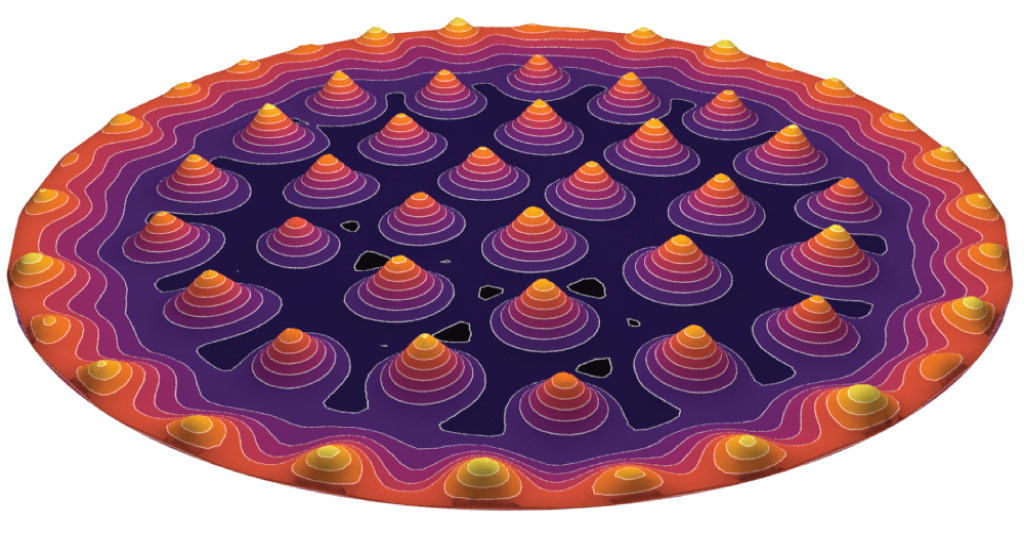The spiky structure that erupts from the smooth surface of a ferrofluid when a magnet is brought close can be predicted more accurately than previously thought. KAUST researchers have shown that computational algorithms can calculate the ferrofluid’s bristling response to a magnet by simulating only the liquid’s surface layer.
Ferrofluids are liquid suspensions of iron-based particles that behave like a regular fluid, but once a magnet is present, the ferrofluid rapidly shape-shifts to form spikes that align with the magnetic field. Originally developed by NASA, ferrofluids have numerous uses ranging from advanced electronics to nanomedicine and have the potential for even broader use, if their magnetic responses could be predicted more accurately.

Dominik Michels and his team are applying computer simulations to model ferrofluid behavior. “Our aim is to develop an efficient and accurate algorithm to simulate the macroscopic shapes and dynamic movement of ferrofluids,” says Libo Huang, a Ph.D. student in Michels’ team.
Recently, looking at the wider field of fluid simulation, the team has shown that the concept of simulating fluid motion by considering only the liquid’s surface can be adapted to ferrofluids.
“While the surface-only liquid simulation provides a platform for fluid simulation, its extension to ferrofluids is significant,” Huang says. To model a fluid’s behavior based only on its surface, the liquid must respond to inputs in a simple linear fashion. Most ferrofluids have a complex non-linear response to a magnetic field.
Read the full article
